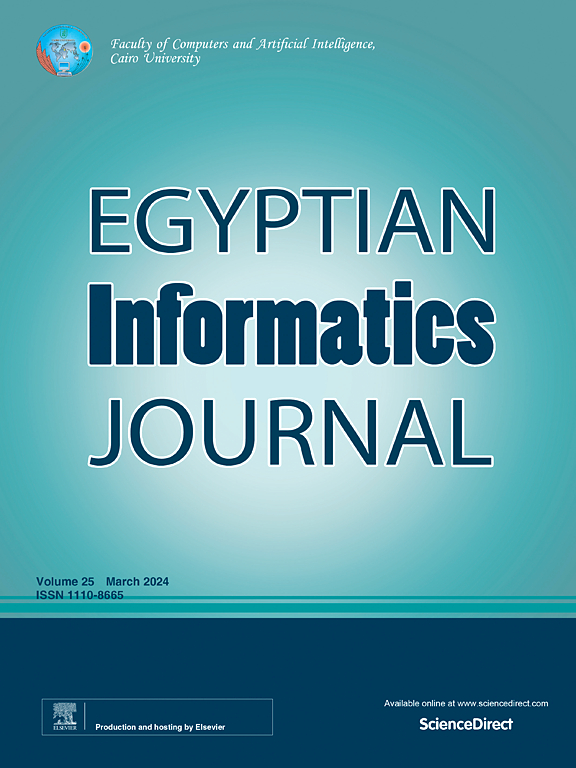Named entity recognition using Bi-LSTM model with pointer cascade conditional random field for selecting high-profit products
IF 4.3
3区 计算机科学
Q1 COMPUTER SCIENCE, ARTIFICIAL INTELLIGENCE
引用次数: 0
Abstract
Named entity recognition (NER) refers to recognizing objects mentioned in texts and is considered one of the most fundamental tasks in natural language processing. The authentication of named entities is not merely a matter of extracting information independently. The rise of this sector has benefited from rapid growth, especially in the e-commerce sector; numerous reviews are published that reflect consumer sentiments on different aspects of products and services such as quality, price, and more.A critical challenge lies in improving the accuracy and robustness of NER systems to address issues such as ambiguous contexts, intricate sentence structures, and domain-specific variations. Previous works on NER usually use conventional machine learning methods. However, there is still a need to improve the accuracy of identifying entities. To accomplish this goal, this work proposes a pointer cascade conditional random field-based named entity recognition procedure. A word embedding approach is initially applied to segment the word for further processing. Word vectors are provided as input to a bidirectional LSTM (Bi-LSTM) model, which extracts features from sentence or word vectors. To improve the performance of BiLSTM, a pointer network is used to generate pointer sequences for the elements of the input array. After features are extracted, the Cascade Conditional Random Field (CCRF) layer checks tag validity by learning the correlation between tags. A Python 3.7 framework is used to implement the proposed model. According to the results of the experiments, this work achieves a high accuracy of 98.54 %.
采用带指针级联条件随机场的Bi-LSTM模型进行命名实体识别,选择高利润产品
命名实体识别(NER)是指识别文本中提到的对象,被认为是自然语言处理中最基本的任务之一。命名实体的身份验证不仅仅是独立提取信息的问题。这一领域的崛起得益于快速增长,尤其是电子商务领域;发表了大量的评论,反映了消费者对产品和服务的不同方面的看法,如质量、价格等。一个关键的挑战在于提高NER系统的准确性和鲁棒性,以解决诸如模棱两可的上下文、复杂的句子结构和特定领域的变化等问题。以往关于NER的工作通常使用传统的机器学习方法。但是,仍然需要提高识别实体的准确性。为了实现这一目标,本文提出了一种基于指针级联条件随机场的命名实体识别方法。首先采用词嵌入的方法对词进行分词处理。单词向量作为输入提供给双向LSTM (Bi-LSTM)模型,该模型从句子或单词向量中提取特征。为了提高BiLSTM的性能,使用指针网络为输入数组的元素生成指针序列。在提取特征后,CCRF (Cascade Conditional Random Field)层通过学习标签之间的相关性来检查标签的有效性。使用Python 3.7框架来实现所建议的模型。实验结果表明,该方法的准确率达到了98.54%。
本文章由计算机程序翻译,如有差异,请以英文原文为准。
求助全文
约1分钟内获得全文
求助全文
来源期刊

Egyptian Informatics Journal
Decision Sciences-Management Science and Operations Research
CiteScore
11.10
自引率
1.90%
发文量
59
审稿时长
110 days
期刊介绍:
The Egyptian Informatics Journal is published by the Faculty of Computers and Artificial Intelligence, Cairo University. This Journal provides a forum for the state-of-the-art research and development in the fields of computing, including computer sciences, information technologies, information systems, operations research and decision support. Innovative and not-previously-published work in subjects covered by the Journal is encouraged to be submitted, whether from academic, research or commercial sources.
 求助内容:
求助内容: 应助结果提醒方式:
应助结果提醒方式:


